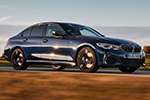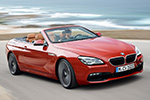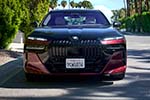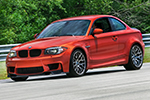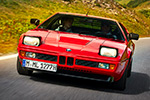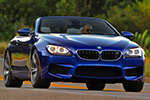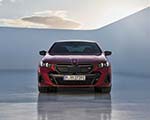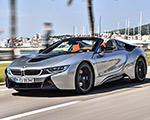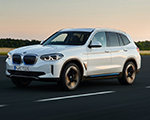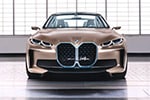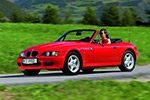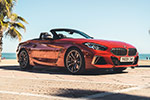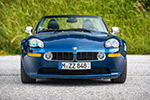The cheapest entry ticket into the BMW Group world is the MINI Cooper C. It starts at €28,150 in Germany, where the most affordable BMW is the base 1 Series at €33,600. Much like Bavaria’s entry-level hatch, Oxford’s base car is highly customizable with numerous personalization options.
A new set of photos from the busy streets of Japan shows the F66 in what is arguably its most eye-catching color: Sunny Side Yellow. It’s a €600 option, but if you want the contrasting white roof and side mirror caps, you’ll have to step up to a more expensive trim. MINI is also showing off the three-door hatch with optional 17-inch U-Spoke alloys.
Much like preceding generations, the latest MINI remains a charming car with only a handful of direct rivals. Opel once tried to compete in this segment with the forgotten Adam, a chic city car, but the effort was short-lived. The Smart ForFour has come and gone, while something like a Toyota Aygo X isn’t really a legitimate adversary.
The closest competitor is the Fiat 500, which recently regained its gas engine in response to the slow-selling EV. It too leans heavily on retro design and banks on decades of heritage. However, the Cooper is a much larger car despite carrying the MINI badge. It clearly has more presence than the dinky Italian hatch and feels more substantial.
The Cooper C sits at the bottom of the BMW Group range and isn’t meant to chase lap records. Its turbocharged 1.5-liter gas engine delivers its best in the car’s natural environment: the urban jungle. The 154-horsepower, three-cylinder “B38” unit propels the MINI to 62 mph (100 km/h) in a more-than-decent 7.7 seconds.
As with all other models from Oxford, there is no manual transmission. It’s not the end of the world, considering that shifting gears in a crowded city isn’t necessarily our cup of tea. However, MINI could have at least given the John Cooper Works hot hatch a third pedal to please enthusiasts. Instead, a seven-speed dual-clutch automatic transmission sends power to the front wheels.
MINI once said it would become a purely electric brand around 2030, but that ambitious objective is no longer in place. Much like parent company BMW, the British brand will stick with combustion engines for many years to come. I think we can all agree that’s a good thing.










































